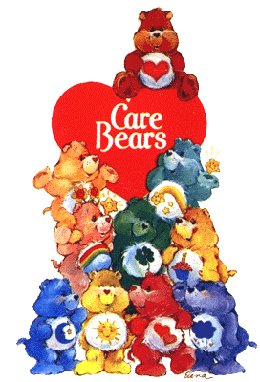How the Internet has Improved Access to Animation
Animation is not the only artform to benefit from the best invention ever, in fact, all forms of audio-visual entertainment have benefited from it. What has brought this to my attention was the Chapter 11 filing of Blockbuster Video (click through to see the headline of the Chicago Sun Times that I can only hope was known to be satirical before it was published).
The store near us closed a couple of months ago, and I dutifully paid them a visit to see what I could salvage. I found an Irish film, the Teen Titans movie, Spirited Away and Beavis & Butthead Do America (ah , my teenage years). There was also some even more random items that I passed up on, namely some older children’s stuff and a couple of volumes of Sailor Moon.
The main reason I passed them up (besides not being interested) was that I couldn’t justify the cost nor the loss of space on my shelf. I suppose I subconsciously realized that if I really wanted, I could find them again through other means.
The growth of Netflix and Hulu has meant that for animation fans, finding older or more alternative TV shows and films is not near as difficult as it used to be. In times gone past you had to visit the Goodwill stores and car boot sales (also known as flea markets) to find them. For the slightly sketchy stuff, you might need to visit a speciality shop, or know a place with some items under the counter.
The greatest asset to all of this has, of course, been YouTube. Just on a casual search from memory, I found Astronomeus (a Felix the Cat short) from 1929, Saturday morning cartoon from the 80s Galaxy High (with character designs by John K.) and an obscure English film animated in Poland during the Cold War.
The downside to all of this is that the vast majority of stuff posted on YouTube is illegal against copyright, so there is a good chance that if you’re reading this post in a couple of months those links will be broken. Happily, folks are always re-posting things so it should just be matter of searching a bit harder or by trying another video site.
What’s the upside, well for one if people are looking for this stuff it indicates that a demand does exist. What’s even better is that said demand can be satisfied relatively easily and cheaply by using the Internet in the same way that the pirates loyal fans have done. Older, more obscure content should not be left to rot away in the archives. It would be much better to digitize them and allow anyone to view them. Despite what the detractors say, it is always possible to use free content to turn a profit.
How the Internet has Improved Access to Animation Read More »







